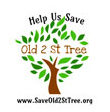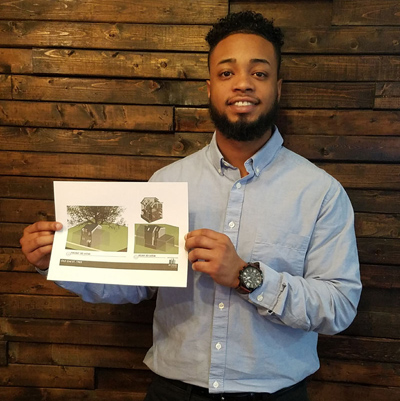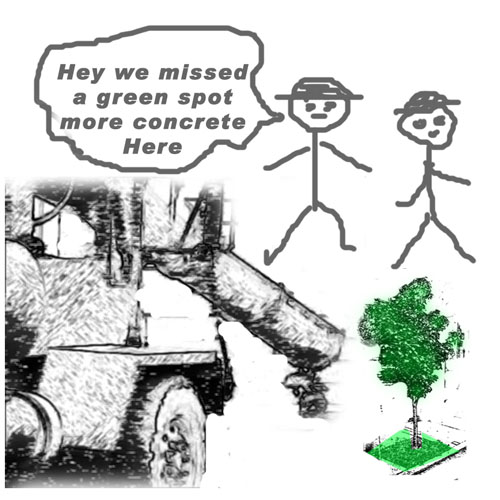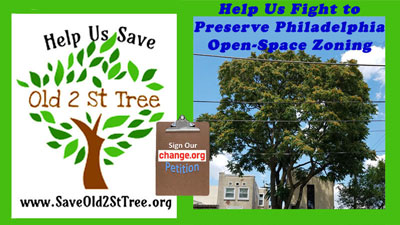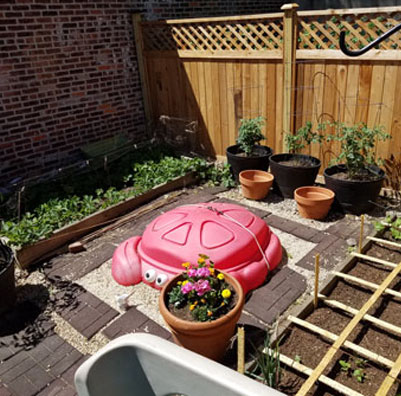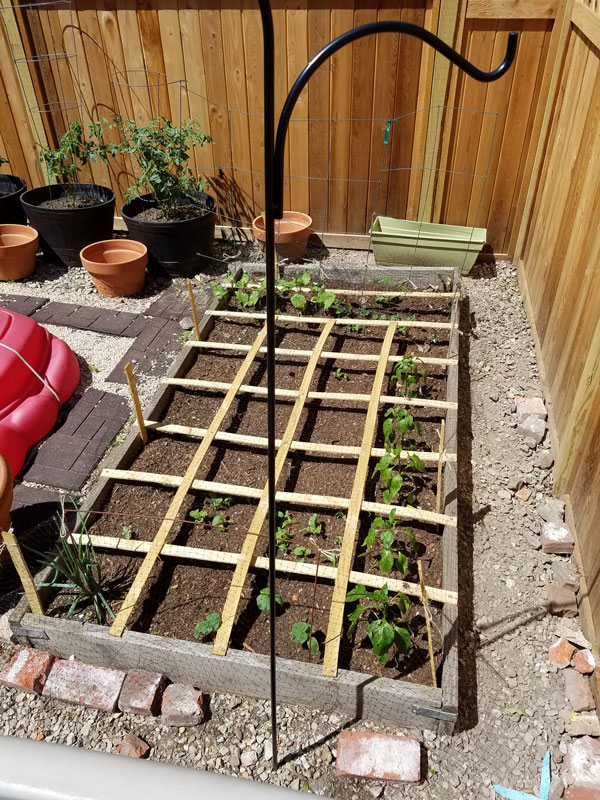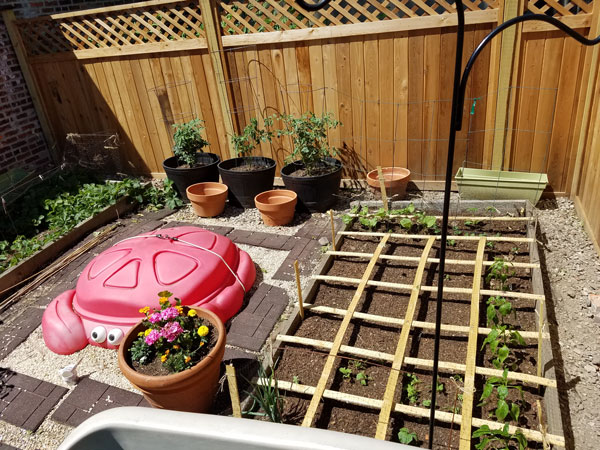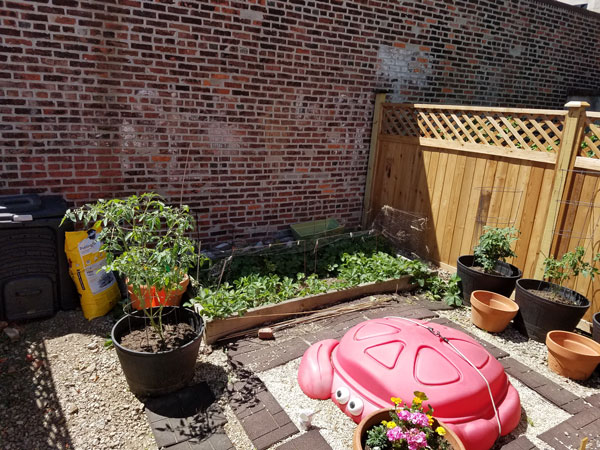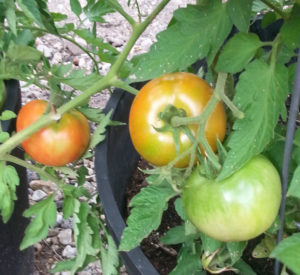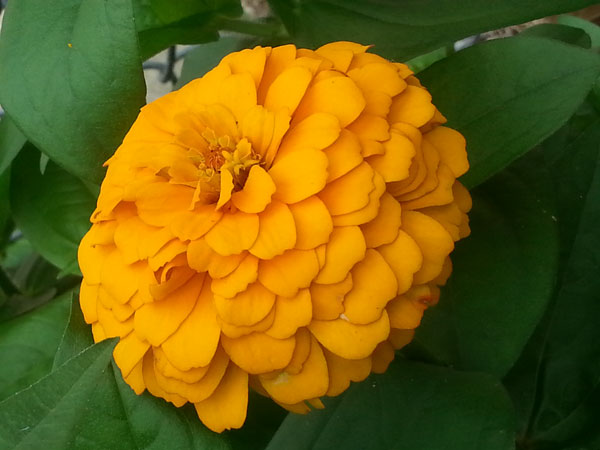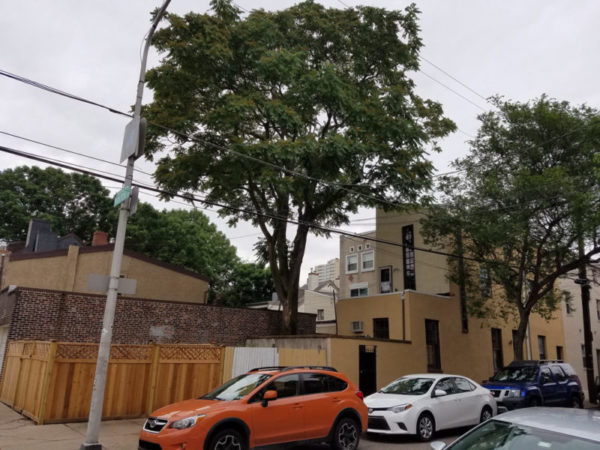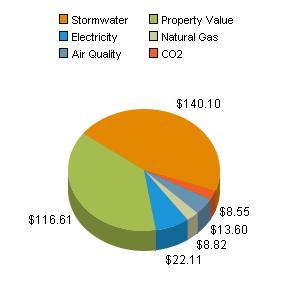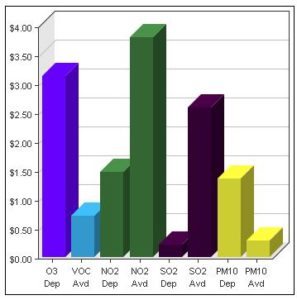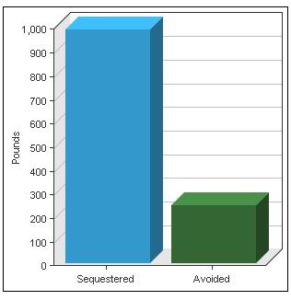Bruce Cheatham of Cheatham Drafting and Design our Winner of our Tiny Home Design contest was nice enough to sit down with SaveOld2StTree and share some of his story.
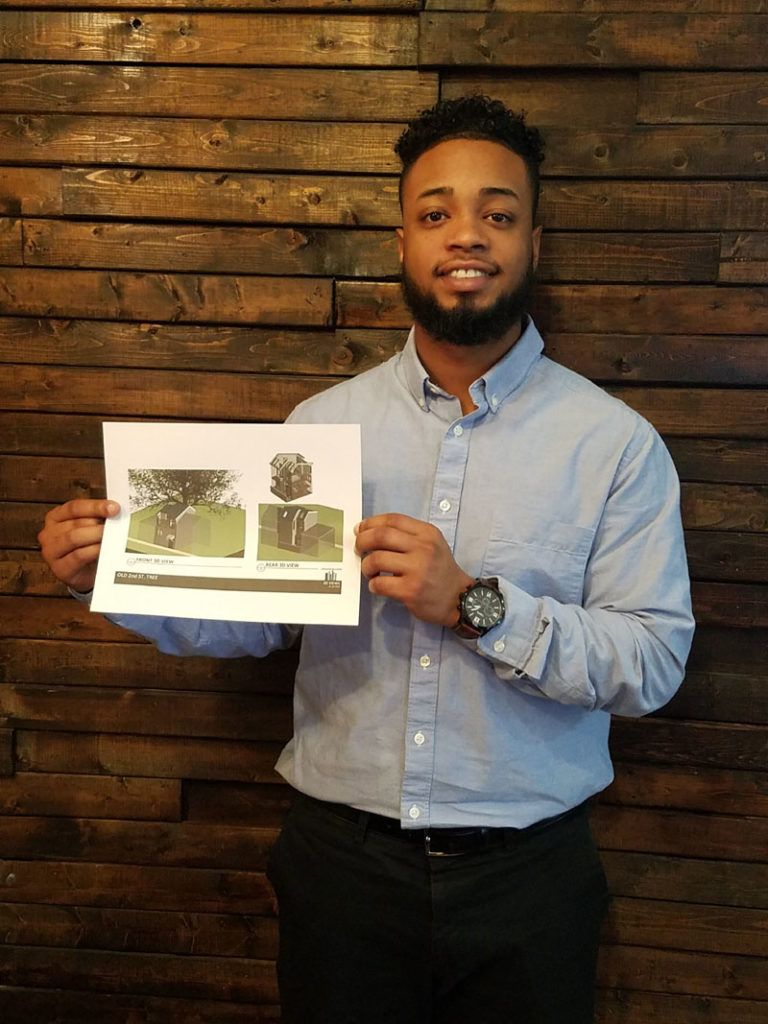
Bruce and his partner from college Paige Jimenez work together at Cheatham Drafting and Design to produce some very creative works that can be seen at their website https://cheathamdrafting.wixsite.com/global
So here is our interview:
SaveOld2ndStTree: Bruce how old are you?
Bruce: 25
SaveOld2ndStTree: Bruce please share with us your education in Architecture?
Bruce: I have been interested in Architecture since attending high school at William Tennent High School. Drafting for 9 years in high school, college and after college. He went to Thaddeus Stevens College of Technology in Lancaster PA and studied Architectural Drafting where he met Paige Jimenez.
SaveOld2ndStTree: What made you take up drafting?
Bruce: While in High School an older brother of a friend brought home some drawing work and he really like the idea of drawing.
SaveOld2ndStTree: How did you hear about the contest?
Bruce: I saw the Facebook ad.
SaveOld2ndStTree: What made you want to participate in the contest?
Bruce: I love doing Tiny Home Concepts. And I recently did a concept for someone on a property st 19th and Ridge.
SaveOld2ndStTree: How many projects have you worked in the past?
Bruce: 5 or 6 during 2018. With two years of designing for house flipper, bathrooms and decks.
SaveOld2ndStTree: What are your hobbies?
Bruce: Golfing and drafting. His hobbies are his commercial endeavors: construction, drafting, concepts, real-estate,etc.
SaveOld2ndStTree opinion- Bruce is a real go getter and hard worker
SaveOld2ndStTree: How can people contact you for working together?
Bruce:
Email (CheathamDrafting@gmail.com),
Facebook (https://www.facebook.com/BCheatham013),
Instagram (https://www.instagram.com/bruce_cheatham/),
LinkedIn (https://www.linkedin.com/in/bruce-cheatham/) and
his website (
https://cheathamdrafting.wixsite.com/global ) .
SaveOld2ndStTree: What are you looking for in the future?
Bruce: Moving back into Philly. I spend most of my time in Philly when I’m not home. I’m currently looking at developing a 1/2 Block property. My older brother has a construction company and maybe we will team up on future projects.
SaveOld2ndStTree: What did you like most about your design?
Bruce:
- The Floating Stairs – with options for creating storage as with small houses storage is always and issue
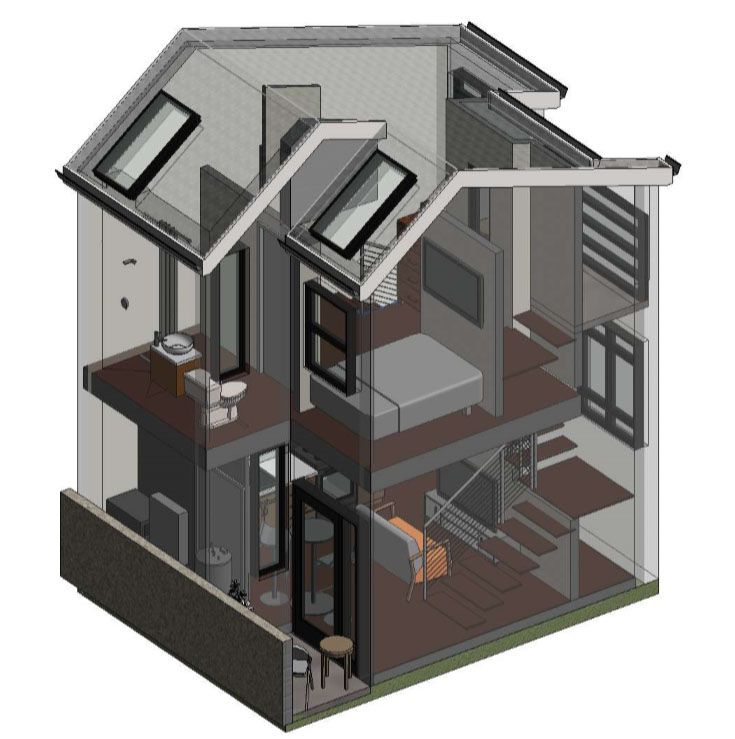
- single closet storage available
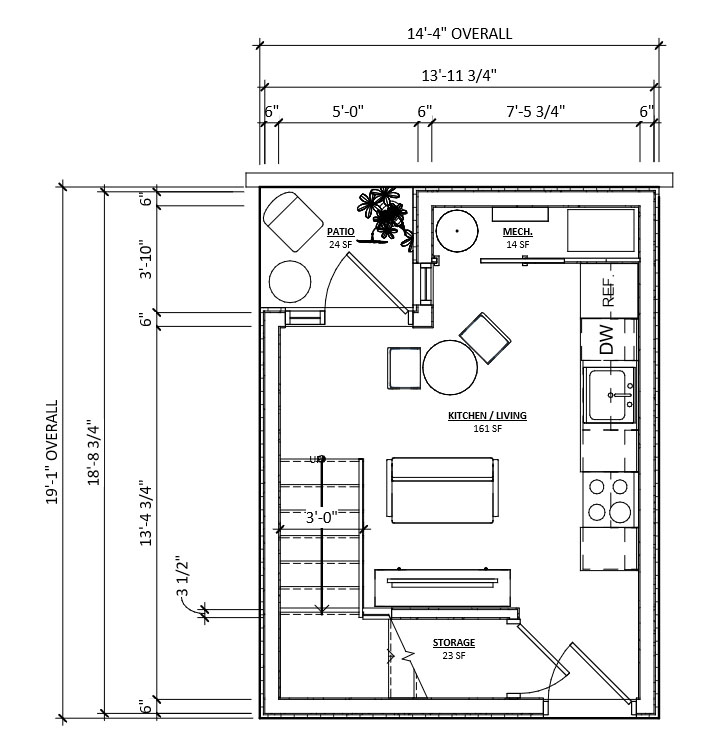
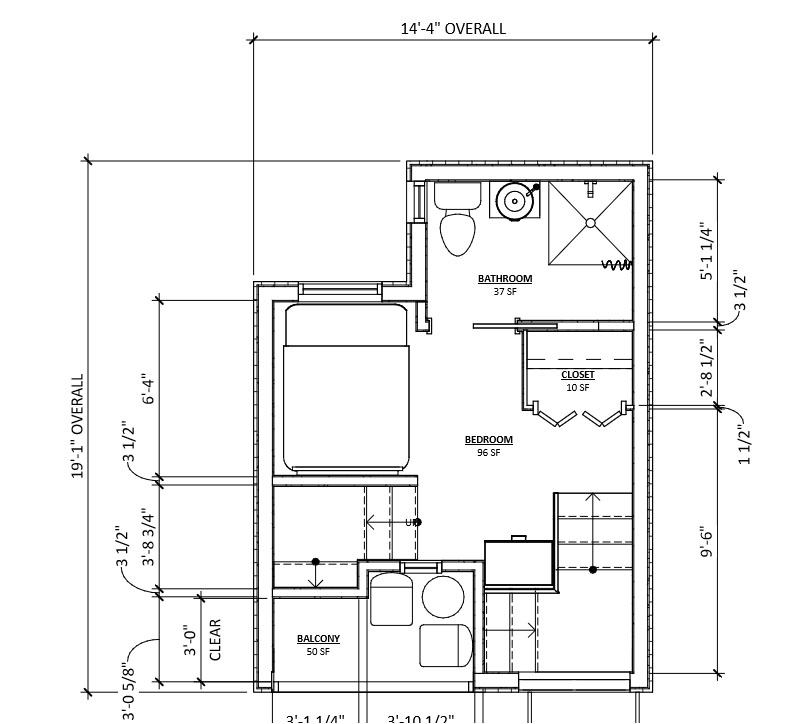
- the Juliette style balcony for light inside and so it looks good from the outside
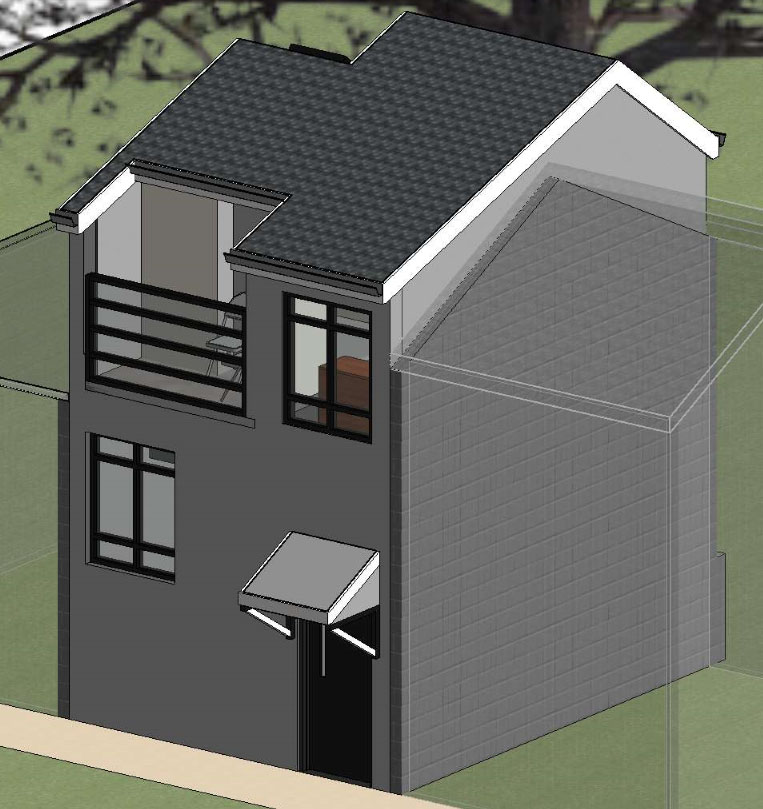
- Fun of designing with different pitched roofing
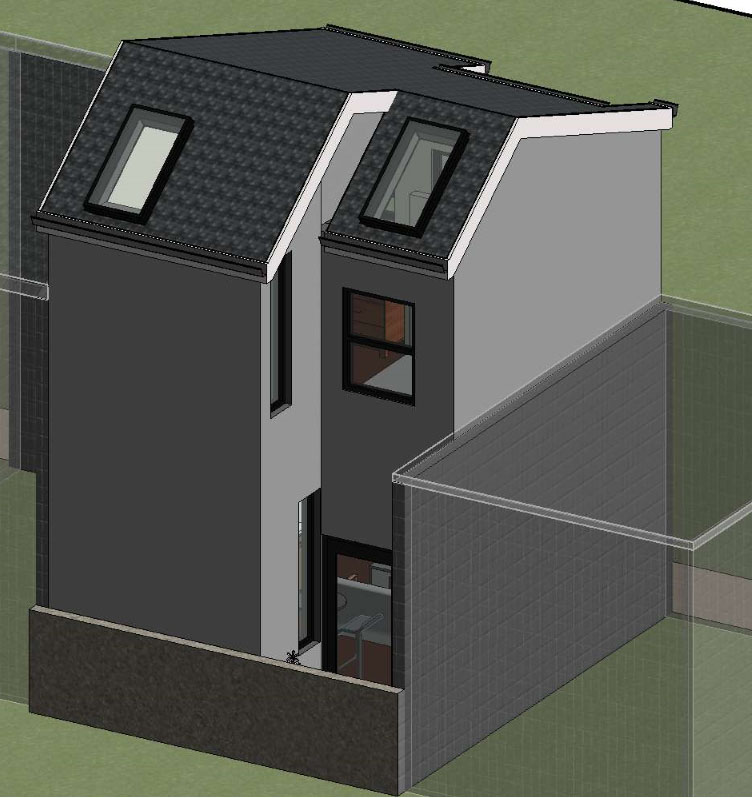
SaveOld2ndStTree: What do you think of some of the box architecture designs popping up around Philadelphia?
Bruce: Not a big fan. I’m not liking the fake extensions from the house designs, where they don’t use that space for something. They are just facades that add no functional use to the resident.
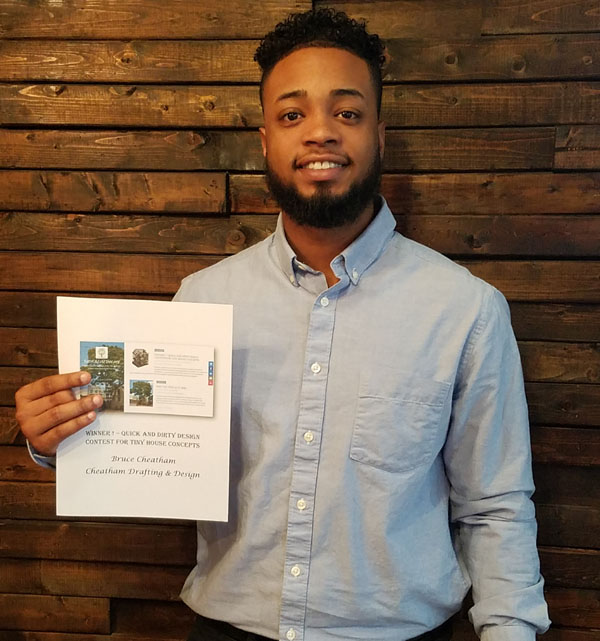
So we used Bruce’s design as a part of our Philadelphia Zoning Board hearing. Our statement to the Board “I could see myself Living in this House! It is really Cool.”
Again this was a Great Design! Thank you Bruce.
